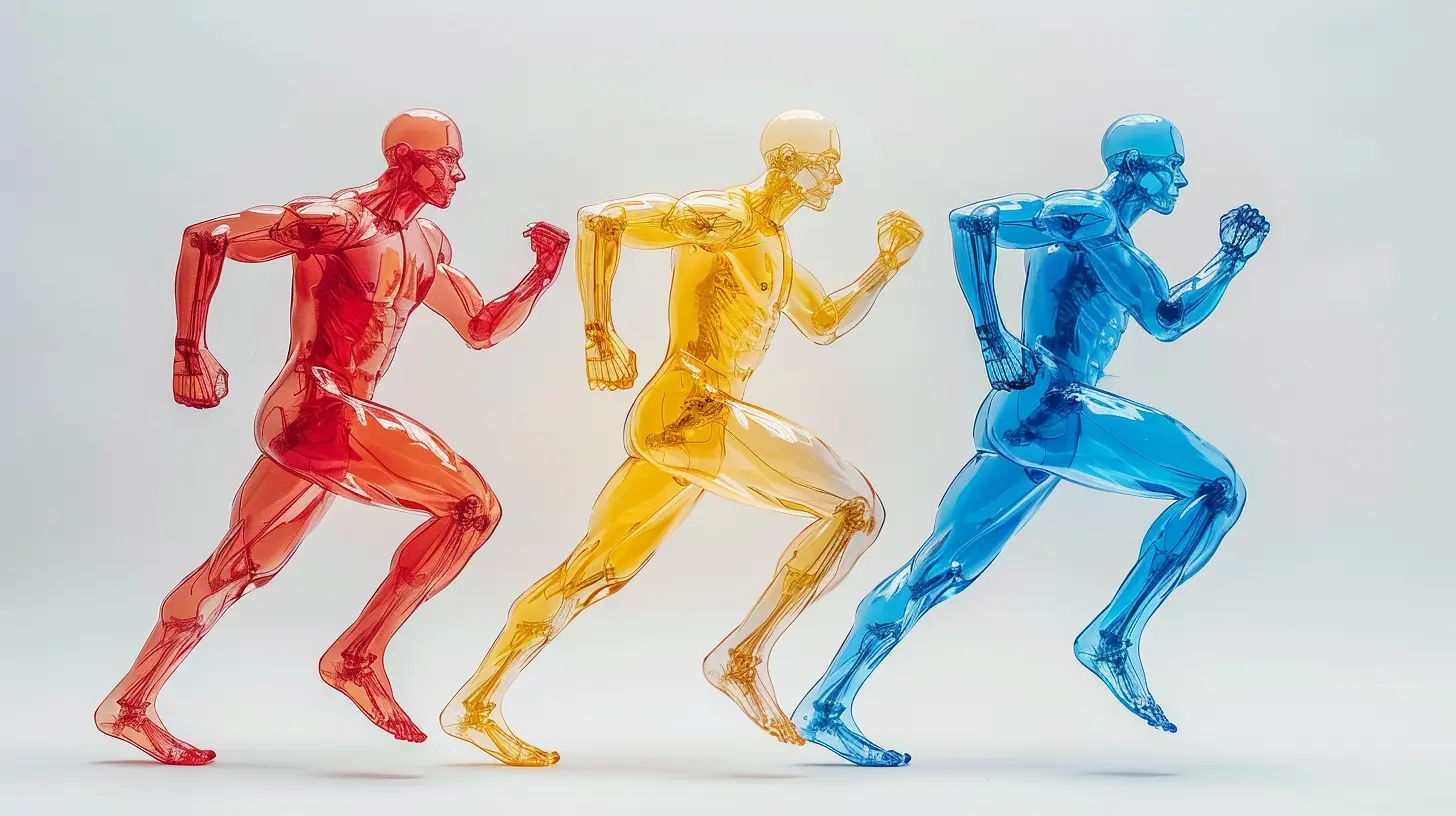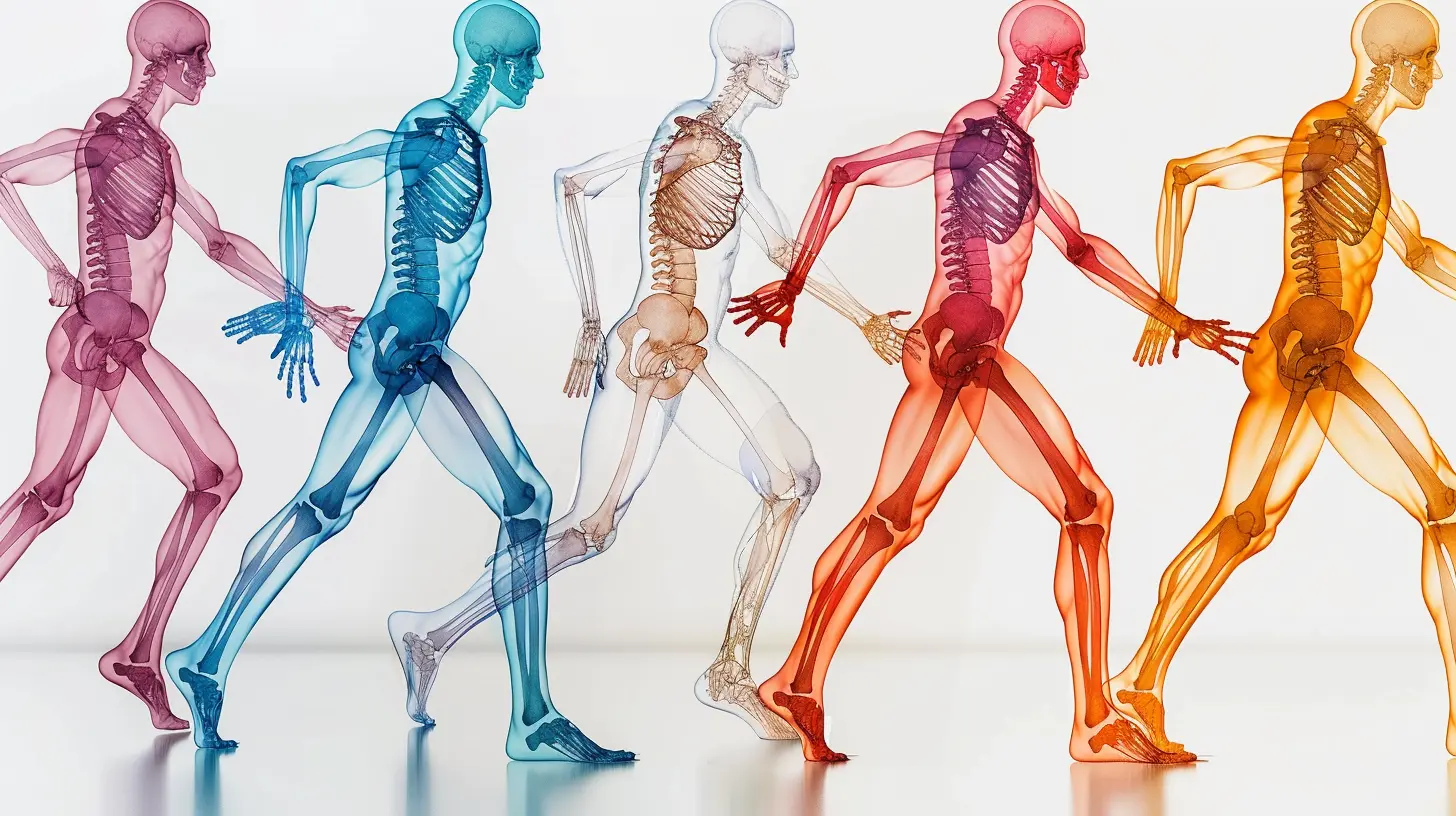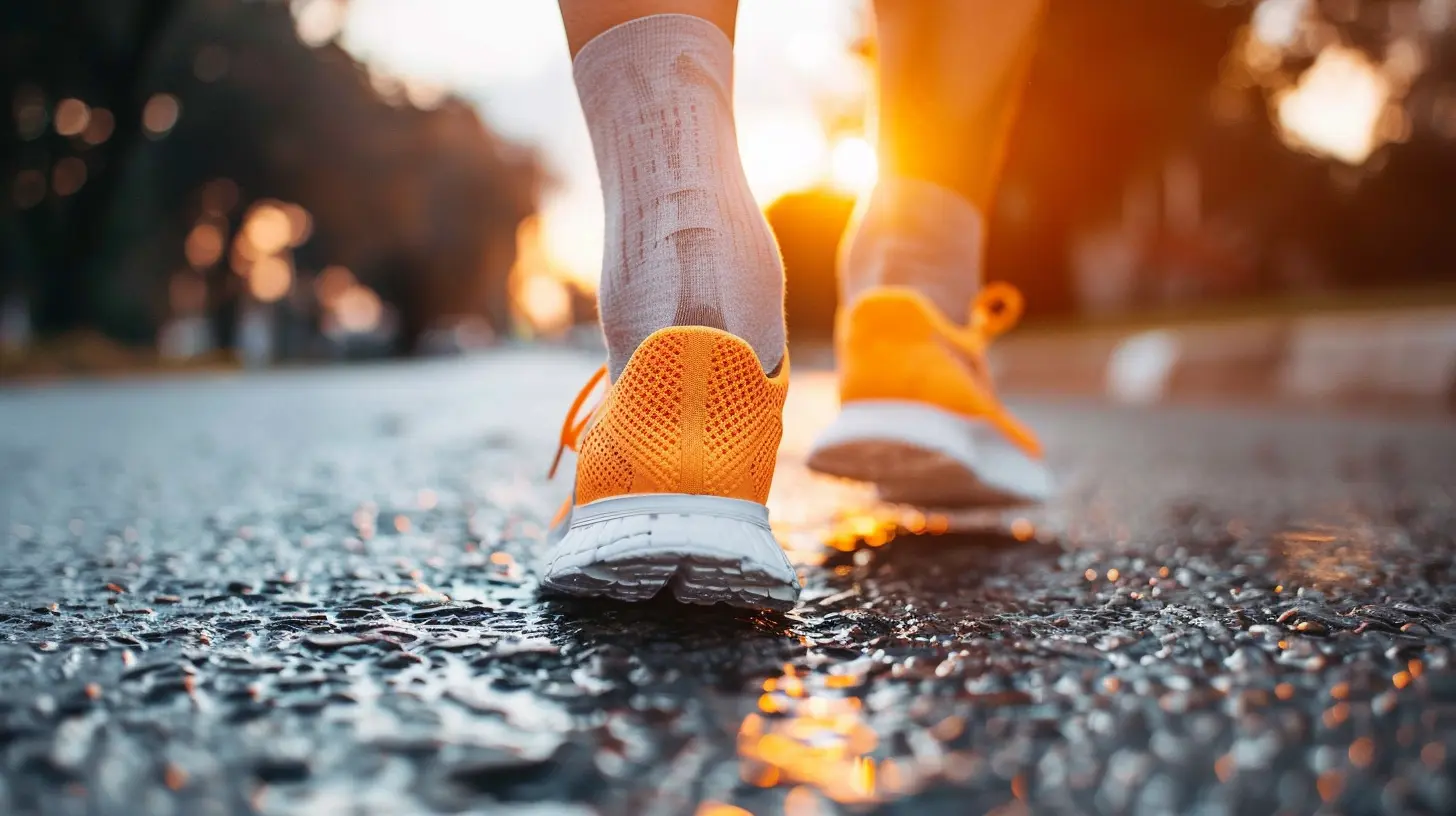The Role of Mobility Work in Injury Prevention
11 October 2025
Let’s be real here—nobody likes being sidelined by an injury. Whether you're a weekend warrior, a gym rat, or an athlete gunning for your next personal best, getting hurt throws a major wrench into your groove. So, what if I told you that one of the best ways to avoid injury isn’t just lifting heavy, stretching once a week, or warming up for five seconds before you hit the field?
That's right—mobility work. It’s the often-overlooked secret sauce in your fitness routine that could be the game-changer you've been overlooking.
In this article, we're diving into the role of mobility work in injury prevention, why it matters more than you think, and how to make it a regular part of your training without turning your workouts into a yoga retreat (unless that’s your thing, of course).
What Even Is Mobility Work?
Let’s clear this up first—mobility isn’t the same as flexibility. Flexibility is how far your muscles can stretch. Mobility, on the other hand, is how well your joints move through their full range of motion while under control.Imagine your body as a car. Flexibility is like having long shock absorbers (the muscles), while mobility is how well the suspension system (your joints and muscles together) handles bumps and turns. You can have the bendiest hamstrings on the planet, but if your hips can’t move properly when you squat, you're asking for trouble.
Mobility work focuses on:
- Improving joint health
- Enhancing range of motion
- Boosting movement efficiency
- Reducing stiffness and compensations
It’s kind of like body maintenance. You wouldn’t drive your car 100,000 miles without getting the oil changed, so why would you push your body without giving it the TLC it needs?
Why Mobility Work Matters… Big Time
Injury Prevention Starts Here
Let’s get right to it. Mobility work keeps your body moving properly, which reduces the wear and tear that leads to injuries. We're talking about sprains, strains, tears, impingements—you name it.Think of movement as a chain reaction. If one link in the chain isn’t moving right (let’s say your ankle is stiff), then another link (maybe your knee or hip) has to pick up the slack. That can easily lead to overuse injuries—and boom, suddenly your run turns into a limp.
Better Form = Safer Training
Good mobility allows your body to get into the right positions during exercise. Squats, lunges, deadlifts, push-ups—they all demand a certain level of joint mobility. Without it, you compensate, and compensation leads straight to poor form and eventual injury.Ever seen someone’s heels pop up during a squat? That’s not dedication—it’s a mobility issue. Good mobility helps you move better, which means your form improves automatically. Better form equals less stress on joints and muscles.
Speeds Up Recovery
Mobility work boosts blood flow to stiff areas, breaks up scar tissue, and helps your body bounce back faster from hard training sessions. It also keeps the fascia (the connective tissues around your muscles) supple, which helps keep your body in balance.So yes, mobility work not only helps you avoid injury but also helps you recover faster when your muscles feel like they’ve been hit by a truck.
The Cool Science Behind It (Without Putting You to Sleep)
Scientific studies keep backing up what seasoned coaches have known for years—joint mobility enhances performance and reduces injury risk.For example, research published in the Journal of Strength and Conditioning Research found that athletes with poor hip and ankle mobility were significantly more likely to experience lower body injuries. Another study from the British Journal of Sports Medicine linked limited shoulder mobility with a higher risk of rotator cuff issues.
Now, we’re not trying to throw a textbook at you, but the message is clear: if your joints can’t move the way they’re supposed to, you’re skating on thin ice.
Common Spots That Need More Mobility
Chances are, if you’ve got aches or pains, it might not be because your body hates you—it might just be begging for more mobility work. Here are the usual suspects:1. Ankles
Tight ankles are a stealthy culprit in squat struggles, shin splints, and even knee pain. If your heel lifts off the ground when you squat, your ankles need help.2. Hips
Your hips are the engine room of your movement. When they're stiff, everything from running to lunging to even walking can go sideways.3. Thoracic Spine (Upper Back)
Stiffness here can steal your posture, wreck your shoulder mobility, and make things like overhead presses feel like torture.4. Shoulders
If your shoulders aren’t mobile, you’re playing a risky game every time you lift anything overhead. Poor shoulder mobility is a fast track to impingement and rotator cuff issues.5. Wrists
Often ignored, yet crucial—especially with push-ups, front squats, or anything requiring your palms to bend back. Poor wrist mobility can mess with proper form big time.So, How Do You Work on Mobility?
Glad you asked. Mobility work doesn’t have to mean hours of stretching while listening to whale sounds. Here are simple, effective ways to incorporate it into your routine.1. Dynamic Warm-Ups
Start your workouts with dynamic movements that mimic the training you’re about to do. Think leg swings, inchworms, lunges with twists, arm circles. This primes your joints and muscles and gets everything moving smoothly.2. Controlled Articular Rotations (CARs)
These are slow, controlled joint circles that promote joint health and strengthen end-range motion. Think of them like brushing your teeth—but for your joints.3. Foam Rolling & Soft Tissue Work
Using a foam roller or lacrosse ball to release tight spots can restore motion and reduce stiffness. It’s like giving your muscles a good haircut—cleaning up the messy bits.4. Isometric Holds
Holding positions—like a deep squat or a lunge—can improve mobility by increasing strength in the end range of motion. Add movements like “prying squats” or “arm bar holds” to your routine and thank me later.5. Mobility Flows
Mix yoga-like movements with mobility drills. Stuff like the world’s greatest stretch, deep lunges with thoracic rotation, or hip openers make mobility work feel less like a chore and more like a full-body reset.When Should You Do Mobility Work?
Short answer? Often.But here’s a breakdown that makes it manageable:
- Before workouts – Do 5–10 minutes of dynamic mobility drills.
- During rest days – Add a 20-minute mobility session to aid recovery.
- At night – Wind down with some gentle stretching and foam rolling.
The key is consistency. Doing it once in a blue moon won’t cut it. It’s like brushing your teeth—you have to do it regularly to see results.
The Mental Side: Mobility as Self-Care
Here’s the thing most people forget: mobility work is a form of self-care.Slowing down to focus on your body’s movement isn’t just good for injury prevention—it’s good for your mental game, too. It’s a chance to check in, release some tension, and give your body what it needs to perform at its best.
Plus, there’s something oddly satisfying about seeing your range of motion improve week after week. It’s like unlocking a new level in a video game—without the eye strain.
Real Talk: Mobility for Life, Not Just for the ‘Gram
Mobility work might not look flashy on Instagram. You probably won’t see viral TikToks of someone doing scapular CARs or spine waves.But here’s the truth—it’s the behind-the-scenes work that makes all the flashy stuff possible. Want to jump higher, squat deeper, run faster, or just move pain-free as you age? Mobility is your ticket.
Ignore it now, and you might just end up on the sidelines later, wondering what went wrong.
Final Thoughts: Your Body Will Thank You
If there’s one thing to take away from all of this, it’s that mobility work is not optional. It’s essential.It's not about becoming a contortionist or doing splits at breakfast. It's about giving your body the tools it needs to move freely, efficiently, and safely—both in sports and in everyday life.
Start small. Pick a few drills. Stick with it. And remember: the best ability in sports and fitness is availability. Keeping yourself in the game starts with making mobility work part of your game plan.
Now, go grab that foam roller and show your body some love.
all images in this post were generated using AI tools
Category:
FitnessAuthor:

Everett Davis
Discussion
rate this article
1 comments
Lisette Barker
Great insights! Prioritizing mobility work can truly make a difference in preventing injuries and enhancing overall performance. Thank you!
October 18, 2025 at 3:35 AM


